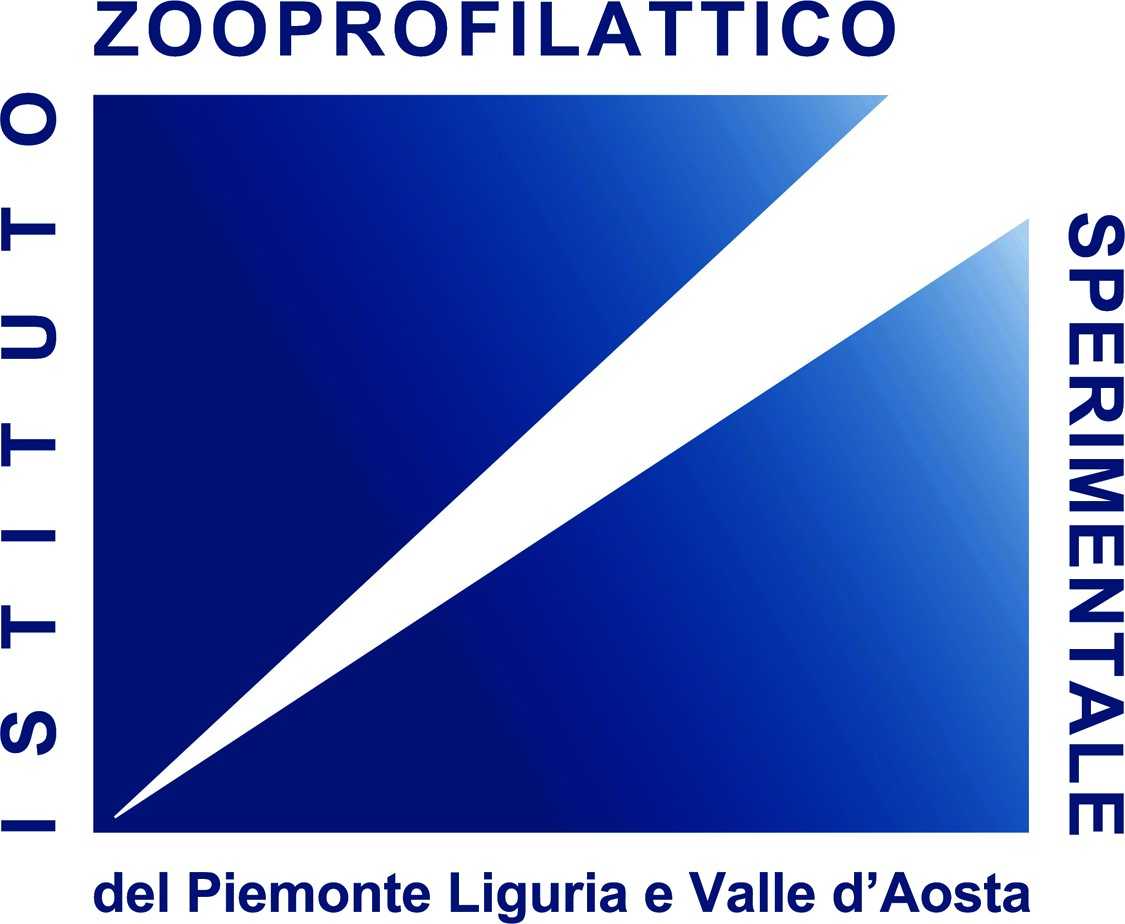Lactococcosis caused by Lactococcus garvieae is an important bacterial disease both freshwater and saltwater fish species in the world. Water temperature is the main abiotic factor that affect the disease outbreak. In the summer months, when water temperature exceeds 18°C, L. garvieae cause serious problems. The disease is common in different age groups, severeness of the disease is depended on the species, age, size, and stress. When the disease outbreak, antimicrobials are used to treat the disease. Antibiotics including florfenicol, oxytetracycline, amoxicillin, enrofloxacin, oxolinic acid, and trimethoprim + sulfadiazine are licensed products used in aquaculture activities in some European Union countries and in Turkey.
Unfortunately, it is very hard to monitor antimicrobial usage in aquaculture sector because of regulatory differences between countries. As fish cannot effectively metabolize antibiotics in aquaculture, vast amounts of antibiotics are released into the aquatic environment. When fish are fed with antibiotic containing feed, only 25% of the antibiotics are taken by fish and rest of them excreted into water. Antibiotics applications in aquaculture have an impact on non-target aquatic microorganisms in surrounding environment, such as environmental non-pathogenic bacteria. Therefore, antibiotics can exert a selective pressure on environmental bacteria and bacterial fish pathogens, increasing the frequency of antibiotic resistant bacteria. Consequently, after a major lactococcosis outbreak, antibacterial therapy may fail due to antimicrobial resistance of the pathogen.
Antibiotic resistance in bacteria has been increased due to the growth of the sector and continuous application of antibiotics in aquaculture. Occurrence of antibiotic resistant L. garvieae, development of multiple antibiotic resistance, transfer of resistance genes to pathogenic bacteria and uselessness of antibiotic treatments are some of the potential effects of antibiotics in aquaculture. Resistance to antibiotics that used to treat serious bacterial infections may result in substantially increased mortality.
In a recent study in Turkey, L. garvieae was resistant to sulfamethoxazole + trimethoprim erythromycin, tetracycline, penicillin, amoxicillin + clavulanic acid vancomycin, and enrofloxacin while susceptible to florfenicol. The presence of resistance genes encoding different antibiotics and integrons in L. garvieae strains were evaluated. The most prevalent antibiotic resistance genes (ARGs) in L. garvieae strains isolated from fish were β -lactam related genes (blaCTX-M, blaTEM, and ampC). Lactococcus garvieae strains can contain plasmids with the size range of 4 to 20 kb that carry β-lactam, tetracycline, sulfonamide and florfenicol encoding resistance genes. Therefore, the presence of ARGs containing plasmids may play an important role in the horizontal transfer of resistance genes.



